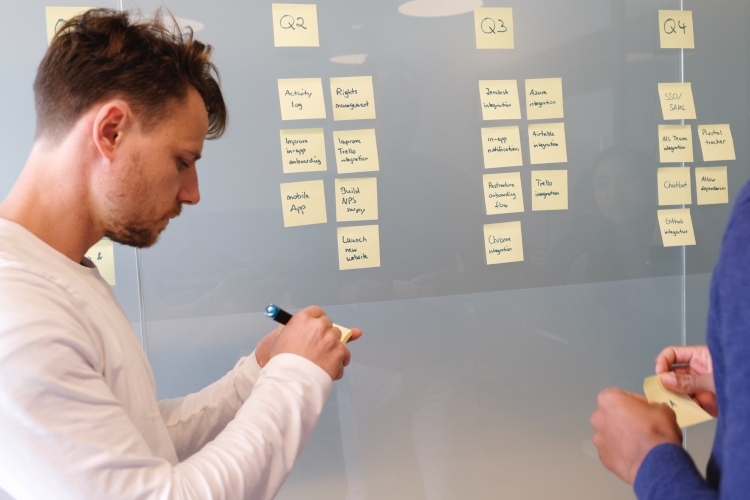Are you planning the right chat features?

Using a chat SDK not only can shorten your development time, but also help you build a stable product and scale quickly. Before you instruct your team to start investing time adding all available features from ChatKitty, have you identified your product's purpose, and its primary use case?
Are you and your team considering adding chat to your product roadmap? Congratulations! You have made the right choice. As a product owner myself, I believe all excellent products eventually need to connect all users via a good chat experience. At this point, you probably have spoken to your developers about the options to make the chat happen. If you are looking at the ChatKitty website, you are probably thinking about using a chat SDK.
Using a chat SDK not only can shorten your development time, but also help you build a stable product and scale quickly. Before you instruct your team to start investing time adding all available features from ChatKitty, have you identified your product's purpose, and its primary use case?
You may be wondering why I am asking these questions. Many founders will tell you one of the hardest things before getting the blade and glory of developing a product is to plan out the features that need to be included in the road map.
Your developers and your users may have different expectations of what your product will accomplish. Before digging into it, simplify what the chat needs to accomplish and who the users are.
Here is a breakdown of all the features ChatKitty offers. You may be surprised by the variety of features right away, but we trimmed our offerings to provide our partners' essential features compared to our competitions on the market.
